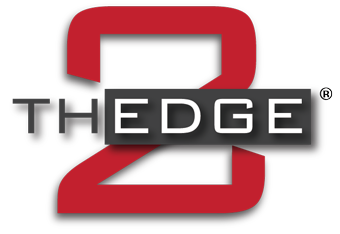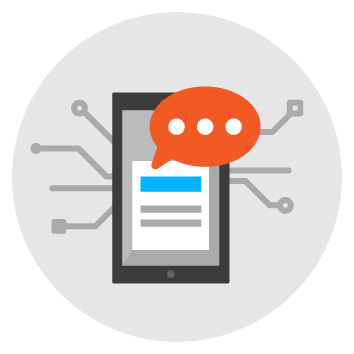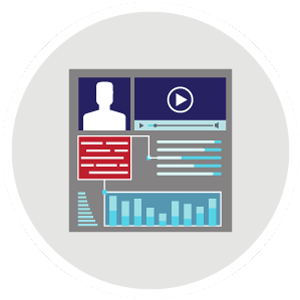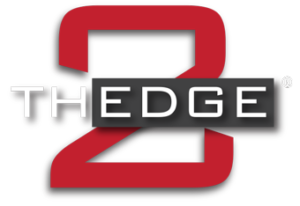CASE STUDY
Resolving Board Sort Assignment Issues with Digital Agents
Industry(s):
Construction, Financial Services, Insurance, Media, Professional Services, Travel, Utilities, Retail, Natural Resources, Legal, Government, Consumer Goods, Education, Health Care, Manufacturing, Non-Profit, Supply Chain, Transportation, Oil and Gas, Material Science, Entertainment, IT
Emerging Technology:
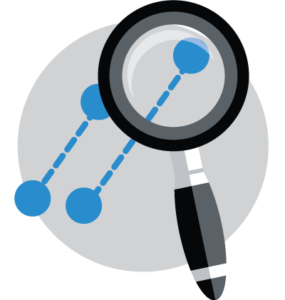
Business Opportunities
Work assignments are governed by labor agreements. The assignment process begins with employees creating a job profile and bids for various assignments. These profiles capture key employee data such as location, position, seniority, type of service, status and certifications. An employee receives notification within 24 – 48 hours of bidding notification by text or phone. The notice could be of a work assignment from the bid, a forced assignment (does not align with the employees’ preferences), or no assignment.
Forced assignment and no assignment notices frequently cause lead to calls to a support desk where staff listen to the caller and attempt to identify the caller issues. The support desk staff can access the caller’s past and current assignments, employee profile data, and other employment records. The support desk employee provides the caller with the agreed upon language from the agreements. There is no official resolution on these calls. The caller can choose to call back and solicit another support employee answer, or escalate the issue. The support desk call volume is 35,000 – 50,000 calls per month with an average of 3.5 – 5.0 calls per unscheduled employee/month.
Business Drivers
Market Dynamics Requires Increased Organizational Agility
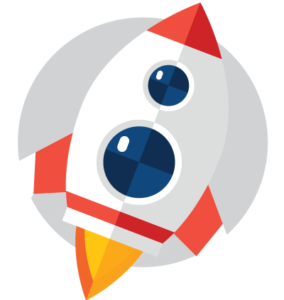
Key Performance Indicators:
To support the desired business outcomes, 2THEDGE developed a comprehensive set of enabling capabilities to evaluate identify innovative suppliers. The below KPIs formed the basis to design a series of iterative experiments that test both critical threshold capabilities necessary to drive business value and also objective capabilities that drive adoption and extensibility to other similar use cases.
- Natural Language Processing (NLP)
- Conservational Capabilities
- Contextual Awareness
- End-User Experience
- Interaction Escalation and Transfer
- System Architecture and Management
- Application Management
- Conversation Analysis
- Reporting and Analytics
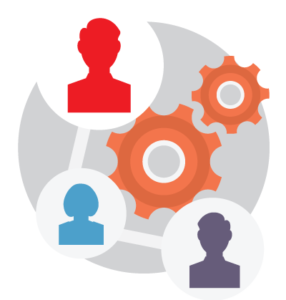
Agile Supplier Assessment:
Rapidly engage an expansive innovation ecosystem to conduct a global and confidential landscape assessment with global research and development centers, leading engineering firms, aligned to your strategic initiatives that deliver differentiated business capabilities.

Experimentation Approach & Methodology
Identify, assess, and evaluate the current employee assignment process. Determine the capabilities, limitations and implementation considerations needed to improve customer support and error resolution. Understand the client’s requirements, culture, and expectations for possible future capability investment.

Outcomes
Digital assistant technology can provide the callers improved quality of life, reduce confusion and frustration in the current process, improve knowledge discovery and lead times, eliminate some calls to the call center, and improve the overall quality and consistency of the assignment process.
Specifically, the digital assistant technology tested provided automated or streamlined access to relevant information as the support desk call proceeded, created records with associated metadata to improve knowledge discovery and access, and provided access to relevant data before the support desk agent answered phone.
2THEDGE’s Testing and Experimentation as a Service (TEXaS™) provides enterprises with tailored, agile and on-demand innovation services that provide real-world INSIGHTS into emerging trends and accelerate ACTION that delivers transformational business OUTCOMES.
Enterprise Class Digital Agents provide enabling capabilities to improve a range of business processes that require written or spoken language interactions. The application of these technologies will orchestrate business process and reduce labor costs supporting both internal and client facing use cases.
Organizations must take great care in scoping, testing and implementing these types of tools as they directly impact individual roles and positions.

